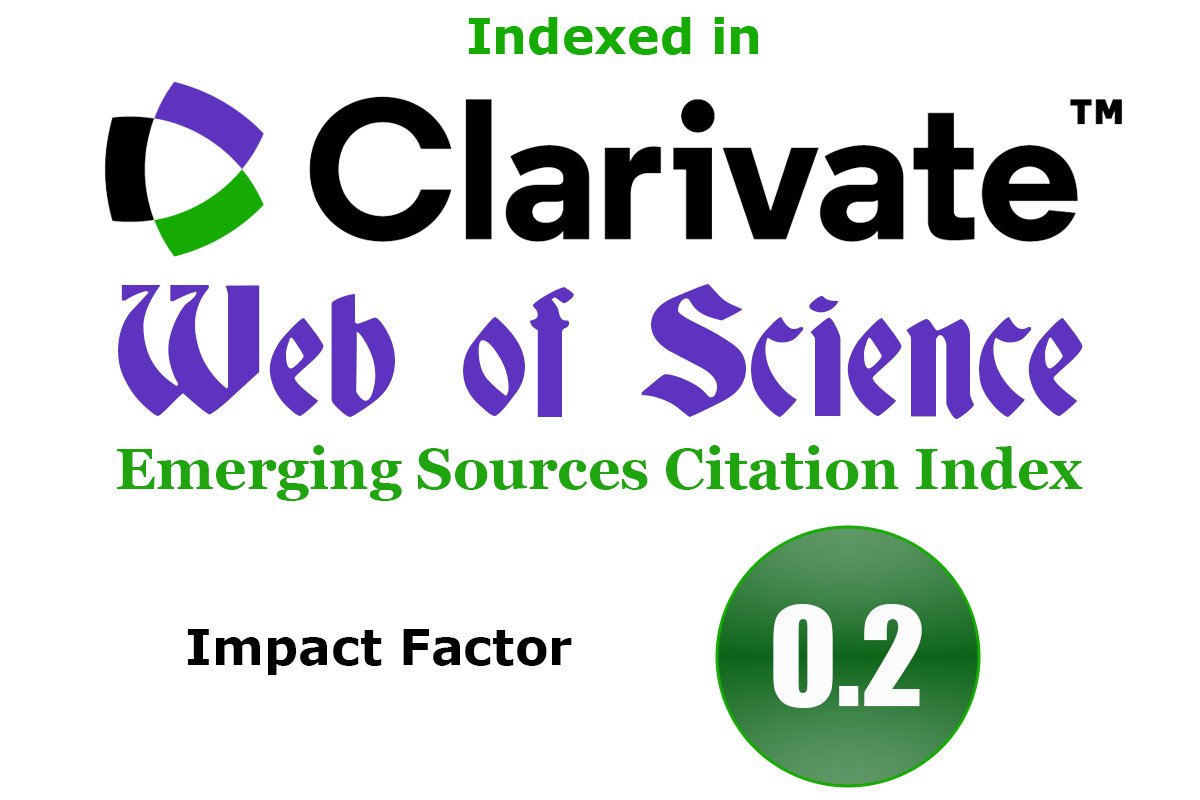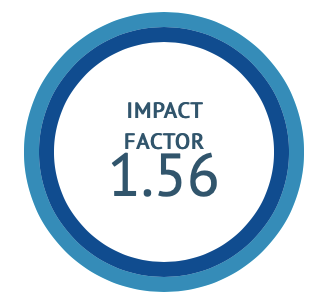Liposomal Hydrogel of Piper longum for Enhanced Antifungal Therapy: Formulation and Evaluation
DOI:
https://doi.org/10.47552/ijam.v16i3.6234Keywords:
Carbopol940, Mycoses, Nanocarrier, Phospholipid, Piperine, Polymer matrix, Zeta potentialAbstract
Background: Fungal and skin infections represent a significant burden on global public health, exacerbated by the emergence of antifungal resistance and the limitations of conventional topical therapies. Piper longum L., a phytomedicinal plant rich in piperine, has demonstrated promising antifungal, anti-inflammatory, and antimicrobial properties. However, its therapeutic potential was not explored for newer or novel drug delivery systems. Aim and objective: To develop, characterize, and evaluate a liposomal-based hydrogel system encapsulating Piper longum L. extract for effective antifungal dynamics. Methods: Piper longum L. was extracted using water:ethanol (3:1) solvent system and incorporated into liposomes (PLL) prepared via the thin-film hydration technique using varying ratios of soya lecithin and cholesterol. The optimized liposomes were integrated into a Carbopol 940-based hydrogel. Formulations were assessed for physicochemical properties (vesicle size, zeta potential, pH, viscosity, spreadability, and homogeneity), skin irritation and antifungal activity against Candida albicans, Rhizopus, Actinomyces, and Saccharomyces species. Vesicle characterization was performed using optical microscopy and dynamic light scattering. Results and discussion: The optimized liposomal vesicles displayed a uniform nanometric size distribution (700 nm–3 μm) with a low polydispersity index (<1) and moderate zeta potential (1.2–10.7 mV), confirming colloidal stability. LBH formulations exhibited neutral pH (7.0–7.4), non-irritating properties, and desirable rheological characteristics. Of the tested formulations, PLL2 exhibited the most significant antifungal activity, showing inhibition zones up to 6 mm against C. albicans. Hydrophilic Carbopol 940 matrix facilitated enhanced spreadability and occlusive retention, while liposomal encapsulation ensured sustained bioactive compounds release and targeted epidermal delivery. Conclusion: The Piper longum-loaded liposomal hydrogel represents a scientifically rational, biocompatible and effective nanocarrier system for topical antifungal therapy. The synergistic interplay between vesicular phospholipids, bioactive piperine and hydrogel polymers substantially improved dermal delivery and antifungal performance.
Downloads
Published
How to Cite
Issue
Section
License
Copyright (c) 2025 International Journal of Ayurvedic Medicine

This work is licensed under a Creative Commons Attribution-NonCommercial-ShareAlike 4.0 International License.
The author hereby transfers, assigns, or conveys all copyright ownership to the International Journal of Ayurvedic Medicine (IJAM). By this transfer, the article becomes the property of the IJAM and may not be published elsewhere without written permission from the IJAM.
This transfer of copyright also implies transfer of rights for printed, electronic, microfilm, and facsimile publication. No royalty or other monetary compensation will be received for transferring the copyright of the article to the IJAM.
The IJAM, in turn, grants each author the right to republish the article in any book for which he or she is the author or editor, without paying royalties to the IJAM, subject to the express conditions that (a) the author notify IJAM in advance in writing of this republication and (b) a credit line attributes the original publication to IJAM.




